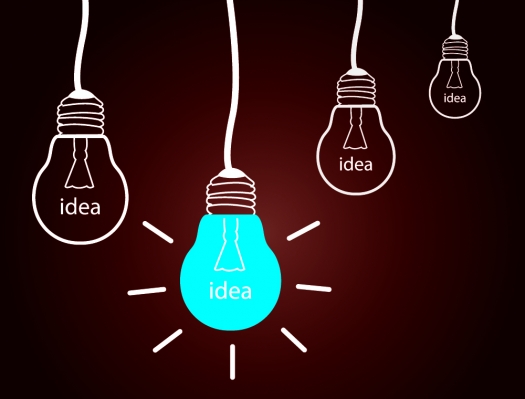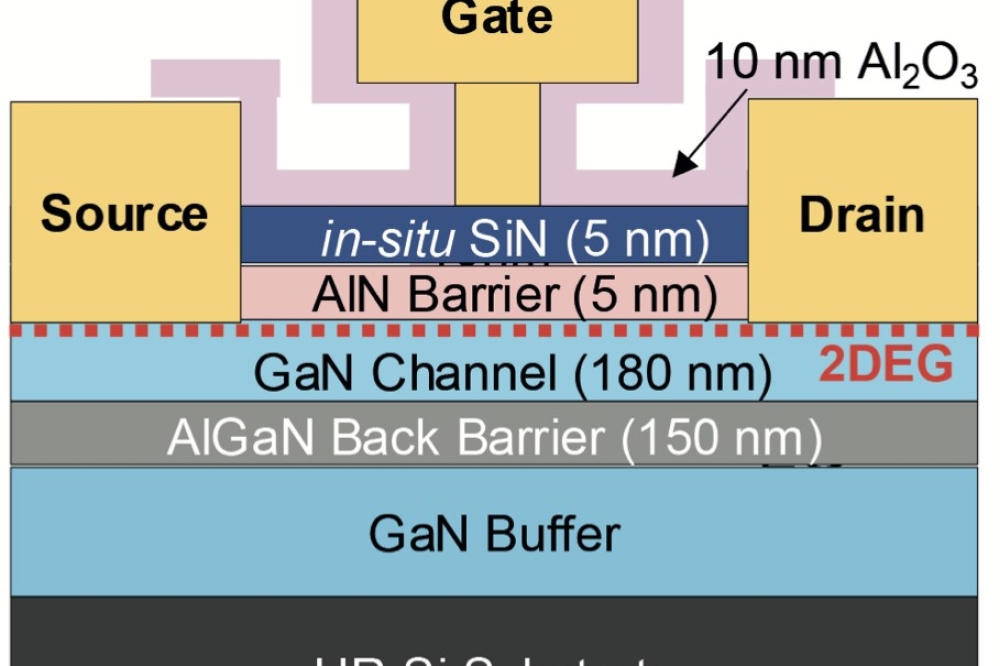III-V solar cells hold promise for indoor energy harvesting

Researchers working on energy-harvesting systems at Bell Labs, Alcatel-Lucent in Ireland have shown that III-V single-junction solar cells made from GaAs and GaInP significantly outperform amorphous-silicon and dye-sensitised solar cells at low illuminations with two times greater measured power densities.
In their paper 'Performance of III-V Solar Cells as Indoor Light Energy Harvesters' in the IEEE Journal of Photovoltaics, Ian Mathews and colleagues showed that credit-card-sized GaAs and GaInP solar cells will provide around 4mW of power under 1000 lx (i.e., in a bright office space).
Power levels of this range will enable autonomous energy systems for IoT sensors providing scalable wireless sensor solutions for use in future telecoms networks.
Amorphous-silicon and dye-sensitised solar cells have been tested extensively as indoor light harvesters. Their wide bandgaps are well suited to absorption of the spectra from compact fluorescent lamps (CFL) and LED bulbs.
III-V solar cells are, however, the highest performing PV devices under 1-sun conditions but have not been thoroughly investigated under indoor illumination conditions. Traditionally these cells were viewed as too costly for many applications but new manufacturing methods are improving their economic case.
This is the first thorough presentation of GaInP and GaAs solar cells under CFL and LED illumination and provides a key insight for indoor PV, according to the researchers.
"This is an exciting development towards our goal of providing energy autonomy to IoT devices and deploying reliable sensor networks. III-V solar cells will provide more power to these devices allowing us to significantly increase their functionality or reduce the size of energy harvesting solutions," sad Mathews.
"˜Performance of III-V Solar Cells as Indoor Light Energy Harvesters' by Mathews et al; IEEE Journal of Photovoltaics, vol.6, no.1, Jan. 2016


































